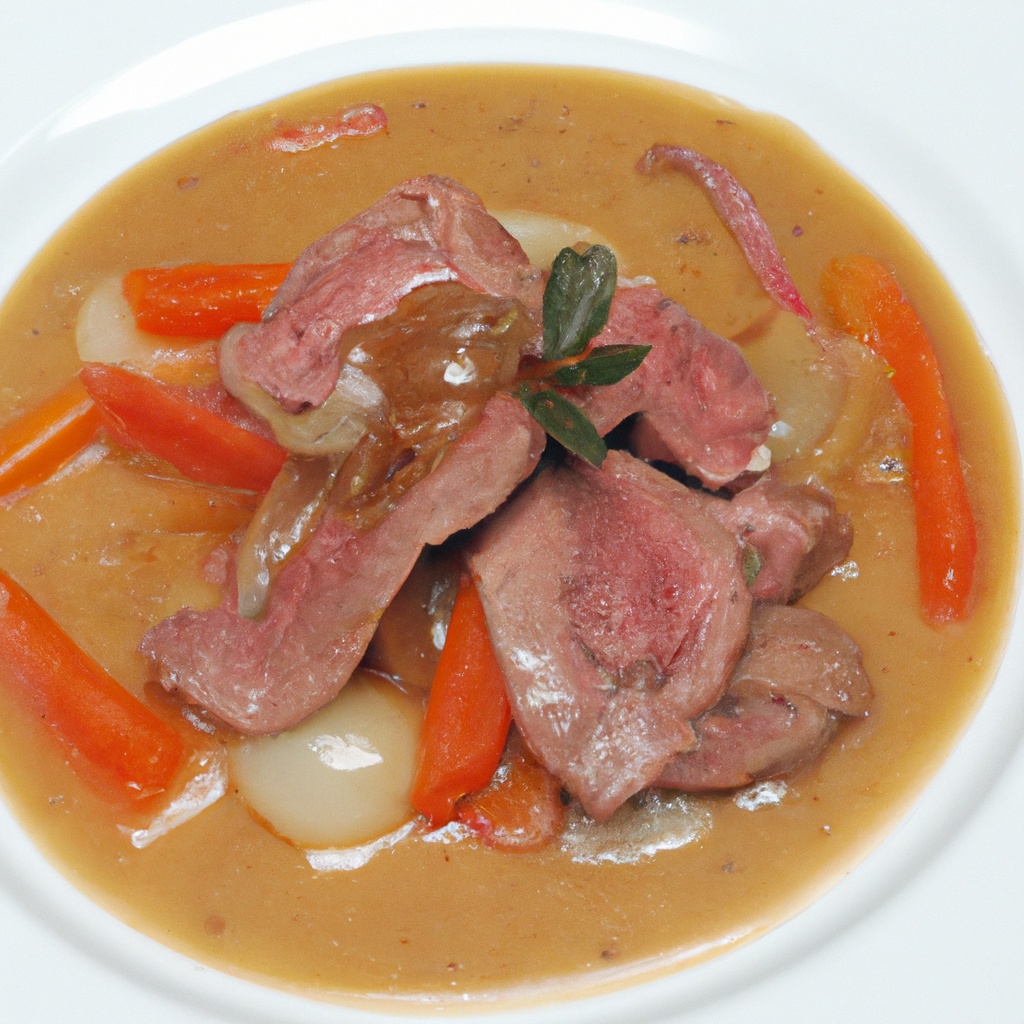PROS
Lengua (Beef Tongue) Stew is a hearty and delicious meal that is easy to prepare.
It is high in protein and iron, making it a great meal for athletes and bodybuilders.
It is also relatively low in fat, making it a healthy choice for anyone trying to lose weight.
CONS
Beef tongue can have a tough texture, and some people may not enjoy the taste or texture of this dish.
Additionally, it can be difficult to find beef tongue in some areas.
HEALTH & BENEFITS
Beef tongue is an excellent source of protein, with a 3-ounce serving containing around 18 grams of protein. It is also a great source of iron, with a 3-ounce serving providing around 25% of the recommended daily intake of iron.
Vegetables used in the stew, like celery and carrots, are high in fiber, vitamins, and minerals making the dish a nutrient-dense meal.



/rating_off.png)
Leave a Reply